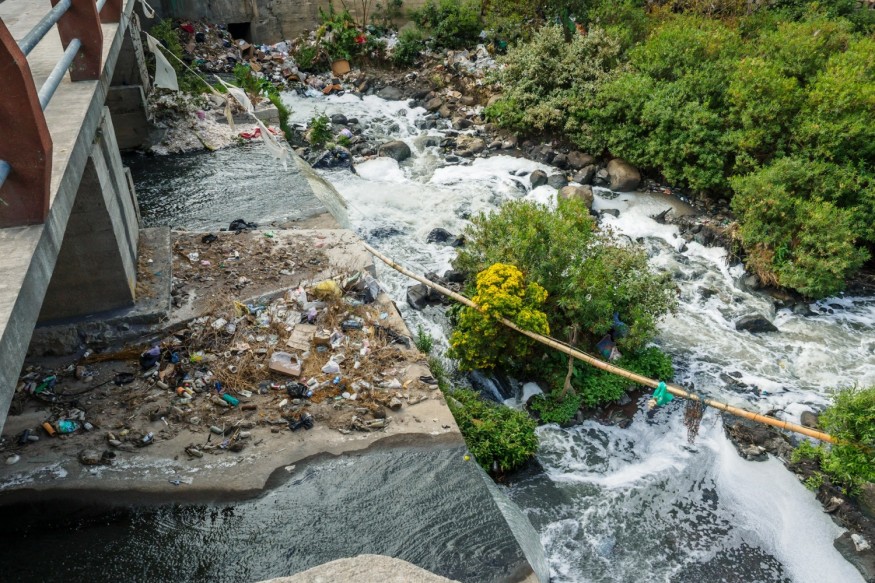Plastic pollution seems to be an unrelenting predicament that the world is facing, where the accumulation of manufactured plastic materials and their smaller forms has continued as of May 2024. While scientists have collectively agreed that plastic particles cannot be fully destroyed from existence, this does not mean that theoretical and practical solutions are not being sought.
For decades, Earth has witnessed the spillage or buildup of plastic debris into different bodies of water, including oceans, rivers, and lakes. To address the problem of plastic waste pollution, the United States and other countries in recent years have implemented measures, including issuing a single-use plastic ban, to mitigate the impact of the ecological and environmental issues.
Fake Rivers Approach

Plastic waste not only harms the environment but also local ecosystems, such as invertebrates, fish, and mammals living in river ecosystems. In a recent report, researchers from Cardiff University and Imperial College London in the United Kingdom conducted an experimental study on plastic pollution. The experiment? Dumping over 8,000 litter into fake rivers called "laboratory rivers."
Using 'fake rivers' as a research approach, authors of the report on Thursday, May 23, conducted the experiment to fight plastic pollution. The study was done when the research team tracked the movement of more than 8,000 plastic pieces in artificial laboratory rivers, which can simulate the dynamic of real rivers under a controlled environment such as weather-related factors.
The research addresses the issue that nobody knows exactly how much plastic accumulates in the world's rivers. For instance, in a natural setting, plastic materials such as bottles and containers that end up in rivers and flow into the oceans are all hard to track. Due to this dilemma, the researchers used the fake river approach to understand the journey of this plastic debris.
Also Read : About 200 Million People Under Flooding Threat because of Plastic Pollution, New Research Warns
Plastic Pollution Threat
The laboratory river used in the research is a long indoor glass tank operating under a controlled flow of water, mirroring real river conditions, according to the report. The researchers discovered that floating and sinking litter can be trapped at the water surface. In addition, plastic items are transported by the river current in diverse ways, depending on their density, shape, and size.
The experimental study highlights a framework for future scientists to use as a basis for understanding plastic contamination in the world's bodies of water. According to the United Nations Environment Programme (UNEP), ocean pollution consists of approximately 75 million to 199 million tons of plastic waste, which are transported from rivers and lakes located deep inland.
It is estimated that 80% of riverine plastic emissions into the ocean worldwide are caused by around 1,000 rivers, according to the UNEP. This data shows that while plastics can directly go into the seas, the majority of them comes from riverine systems, which include freshwater sources.
© 2025 NatureWorldNews.com All rights reserved. Do not reproduce without permission.





